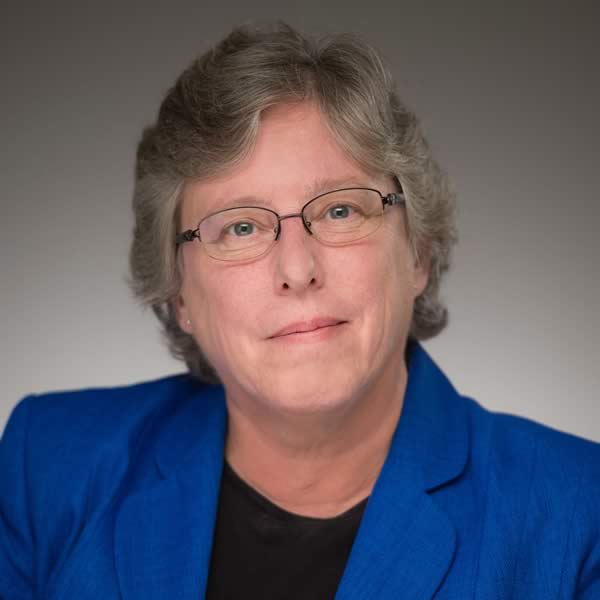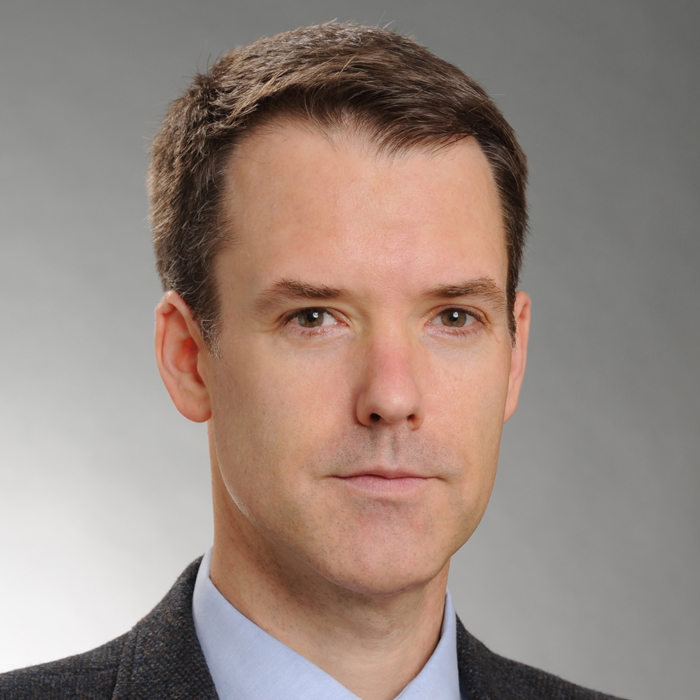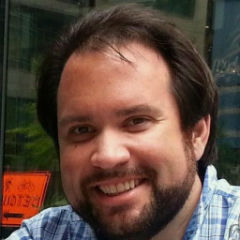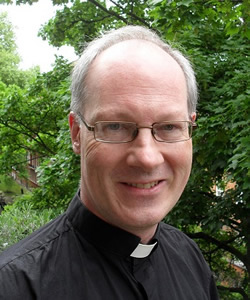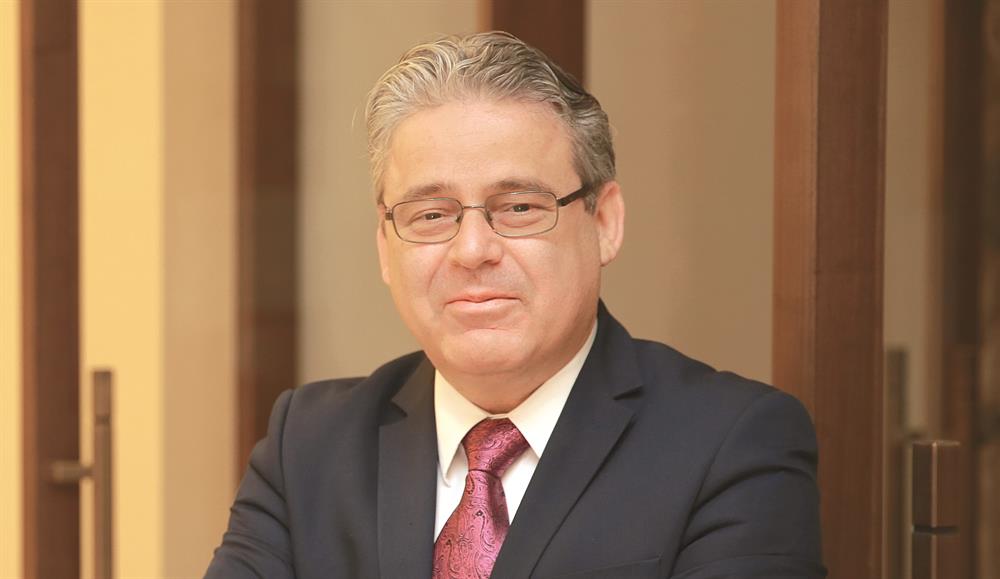The doctrine of secularism has run into deep trouble, and a number of eminent political philosophers tell us that we have entered a post-secular world. This world is presumably one that has recognised the pervasiveness of religion in personal and collective life. It has also recognised that any given society contains a number of communities that subscribe to different notions of the good. But plural societies are likely to disagree on how the state should deal with the fact of difference, and how different religious communities should deal with each other. The problem is intractable and defies easy solution. Does secularism need to be written off and dismissed as a historical stage, because the precondition of secularism — a secularised society — has gone missing?
Suppose that we, taking our cue from the Indian experience, reverse accepted understandings that the secularisation of society is an essential pre-requisite for secularism, and assume that the two concepts — one social and the other political — may be independent of each other. Is it is possible to institutionalise the political doctrine of secularism in a deeply religious society as India has done? Perhaps, provided we also recognise three implications: One, political secularism is more, not less, important in societies constituted by a number of religious communities; Two, in democratic societies the fundamentals of political secularism have to be derived from the core principle of democracy — that is equality; and three, political secularism is not a stand-alone concept — if the first companion concept of secularism is equality, the second is toleration.
Secularism, equality and toleration belong to a family of concepts that can possibly help us address the malaise of a post-modern world in which religion has made a resurgence, and the belief that religion’s influence had passed has been exposed as one of the little vanities of modernity. Perhaps the Indian experience of secularism can offer valuable lessons on how plurality can be managed and accommodated within a framework of a secularism based on equality and toleration. Let us see.
Secularism as Equality of Religion
In India, the connection between secularism as equality of religion and secularism as toleration was historically fashioned. In the 1920s, at the very time that Gandhi set out to forge a major mass movement that could take on colonialism, the politicisation of religious identities had seriously hampered the project of building a Pan-Indian freedom struggle. Gandhi looked for a principle that could bind people of different faiths together and weld them into a mass movement. This principle he found in the doctrine of sarva dharma sambhava, which can be read as ‘equality of all religions’ or that ‘all religions should be treated equally’. In the aftermath of independence — the other side of which was the bloody partition of the Indian sub-continent — India’s first Prime Minister Jawaharlal Nehru, the quintessential modern, converted to the Gandhian concept of secularism. In his convocation address to the Aligarh Muslim University shortly after independence, Nehru enunciated three principles of secularism: One, secularism is not anti-religion but stands for freedom of religion or irreligion for all; Two, the Indian state will honour all faiths equally; and three, the state shall not be attached to one faith or religion, which by that act becomes the state religion. The creed of secularism thereby discouraged political aspirations that one group had the right to stamp the body politic with its ethos because it is in a majority. Conversely, the doctrine discouraged fears that a religious group could be disadvantaged precisely because it was a minority.
The understanding of secularism as equality of religion has been validated by the Supreme Court of India. On various occasions the court has ruled that the state does not owe loyalty to one religion; it is not irreligious or anti-religious, it gives equal freedom to all religions, and the religion of the citizen has no bearing upon the way her social and economic problems are tackled. Gary Jacobsohn, who has carried out a close reading of the various arguments offered by the Supreme Court during the Bommai case in 1994, isolated the dominant theme in these arguments as “equal treatment of religions, often referred to in Indian tradition as sarva dharma sambhava”. He quotes Justice Reddy of the Court who stated in one case that ‘Secularism is… a positive concept of equal treatment of all religions” (p.146-7).
The Necessity of Toleration
More significantly, Gandhi realised that legal principles alone do not make for a secular society. The principle of secularism as equality has to be conjoined with the principle of toleration. Secularism as equality flows from the fundamental right to equality of status and of opportunity. However, a society that lives by the language of rights alone is likely to be a sadly impoverished one. The language of rights needs to be supplemented by other rich traditions that can bring people together, and encourage them to see each other as equals. In this endeavour, shared histories, mythologies, languages, symbols and religion can play a significant role. For Gandhi, commitment to formal or legal equality without an understanding of why people and religions are equal — and why tolerance of opinions, beliefs, and ideologies is necessary — will prove empty.
Interestingly, Gandhi’s argument for toleration was an epistemological one, anchored in his theory of knowledge. Human beings, he reasoned, are seekers after knowledge, which Gandhi equated with the truth. The problem is that we simply do not know whether what we know is the truth, and whether it is the whole truth. The Athenian philosopher Socrates (469BC-399BC) was of the same opinion. Socrates addressed one of the staple problems in philosophy: how do we know that we know? The answer is that we can never know whether we know. All we can be certain of is that there is a limit to knowledge.
This is exactly what Gandhi believed. He did not deny the existence of truth, which he identified with knowledge — truth is absolute and transcendental, but human beings cannot possibly know what the absolute truth is. For the truth espoused by King Harishchandra, who renounced everything he possessed for the sake of the truth, is not the same as the truth of Hussain, who sacrificed his life for the truth. These two truths are equally true, albeit partially so, but they may or may not be our truth.
A Shared Search for the Truth
Gandhi, in effect, tells us that the one ultimate truth is manifested in the shape of many truths — however, each of these many truths is but an incomplete version of the ultimate truth. The proposition that human beings can but partially grasp the nature of the ultimate truth yields the following political postulate: The nature of Gandhi’s truth enjoins all human beings to seek to discover the ultimate truth along with others, in and through dialogical interaction or a shared search for the truth. More significantly, if persons have the capacity to know some portion of the ultimate truth, but not the entire truth, then no one person or group can claim superiority over another on the ground that their truth is the ultimate truth, and that other truths are false or travesties of the real thing.
On the contrary, we should realise that just as our truth is dear to us, others truths are bound to be dear to them. This realisation leads slowly but surely towards respect for plurality of beliefs, toleration and nonviolence. Violence is the outcome of the certainty that only we know what the truth is. The moment we realise the partiality of our own knowledge, we have to eschew violence. Toleration is the outcome of the knowledge that we know as much or as little as our neighbour. We cannot therefore judge or evaluate, or regard the said neighbour as inferior. We are equal participants in the search for truth. Equality and Toleration are companion concepts of secularism insofar as they inform the concept.
India does not inhabit a post-secular world — we continue to commit to political secularism, and we also continue to understand the significance of religion. I do not deny that the biography of secularism in India is sadly flawed. What is important, however, is that attempts to derail secularism have been resisted by civil society groups, and for the most part the judiciary, who are committed to secularism as equality and secularism as toleration.


